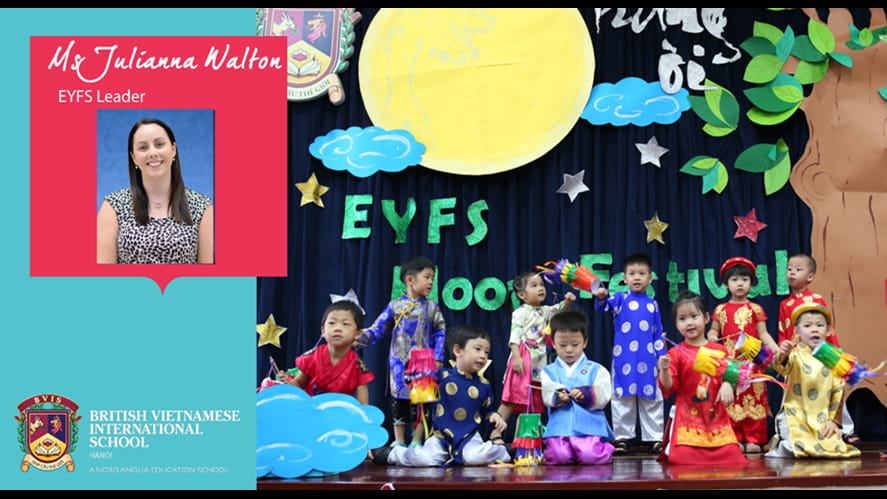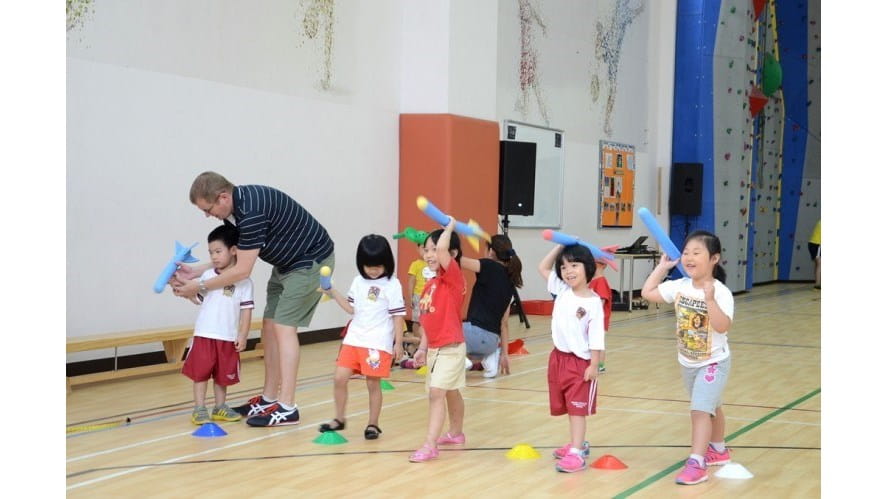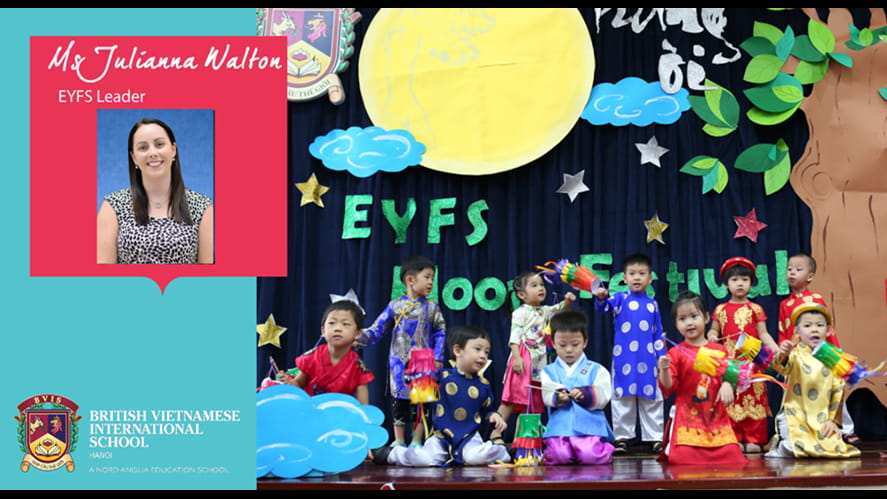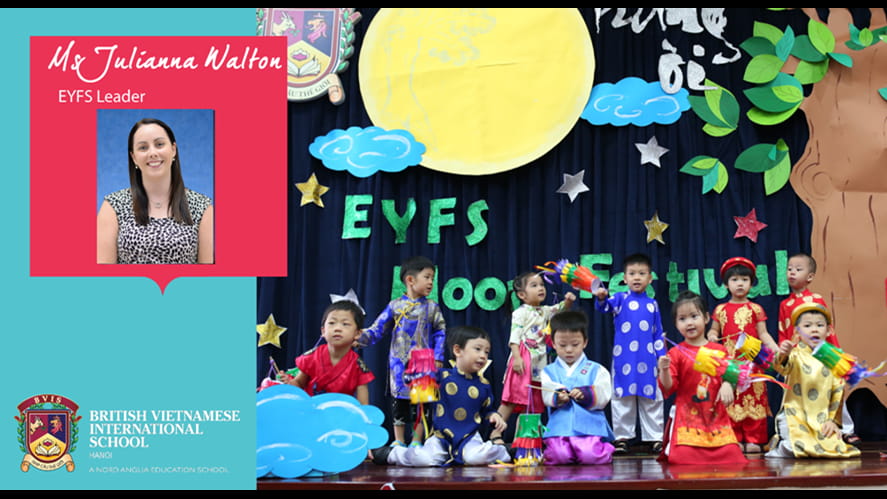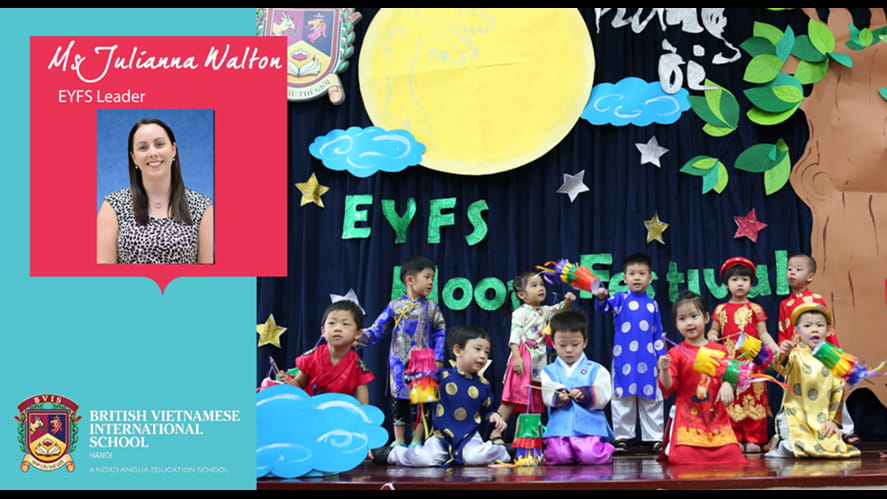New IEYC units of work implemented in the Early Years
The new International Early Years Curriculum (IEYC) units of work were fully implemented across the Early Years this week. The atmosphere was buzzing with excitement. Classrooms and shared areas were transformed into language rich environments where opportunities for learning new vocabulary and role-playing stories could be found everywhere.
New IEYC units of work implemented in the Early Years
The new International Early Years Curriculum (IEYC) units of work were fully implemented across the Early Years this week. The atmosphere was buzzing with excitement. Classrooms and shared areas were transformed into language rich environments where opportunities for learning new vocabulary and role-playing stories could be found everywhere.
F1 had an exciting jungle linked to their new topic ‘Animal Rescuers’. The children made back packs, put on hats and used binoculars to explore their new role-play area. They had lots of fun naming the animals and the sounds that they made. They went on to explore the sizes, big and small. I think everyone’s favourite was the tiger.
The F2 children were swimming in the ocean for their new topic, ‘Ocean Treasures’. They created different sea settings and made mobiles of the sea animals.
‘Once Upon a Time’ was the F3 classes new topic. As soon as you enter the upstairs ELC, you are met with a bridge and role-play area for the 3 Billy Goats Gruff. The book corner was transformed into a forest for fairytale characters, encouraging the children to dress up and role-play. In the classrooms, they were immersed in activities linked to the Enormous Turnip and learnt a rhyme for making soup.
All the classes have been excited about the World Nursery Rhyme week and some classes already started to practise. In our assembly time, we will perform the rhymes as a whole Early Year’s Department. Please practise the rhymes at home with your children as I know they can all be found on YouTube.
• Monday 13th November
‘Bobby Shafto’ https://www.youtube.com/watch?v=l6V9j9GRK9U
• Tuesday 14th November
‘Lavender’s Blue’ https://www.youtube.com/watch?v=V7e1ACqWMFY
• Wednesday 15th November
‘Hickory Dickory Dock’ (older version in school)
https://www.youtube.com/watch?v=HGgsklW-mtg a new version on YouTube
• Thursday 16th November
‘Wind The Bobbin Up’ https://www.youtube.com/watch?v=qoSzVJ99ydw
• Friday 17th November
‘Old King Cole’ https://www.youtube.com/watch?v=_z5mN9_bAaI
Nursery rhymes have an important role in educating children at an early age. Here are some of the reasons why;
1. They can boost early language development;
2. It’s fun, memorable and engaging for the children;
3. Finger play and acting out the rhymes improves their muscle strength;
4. It can promote their social skills, for example, when holding hands in pairs to row the boat as well as promoting a sense of community where they work together;
5. It strengthens children’s ability to hear sounds in the words as their brains start to tune into sounds all around them and in their environment;
6. They gain a larger vocabulary and improve their listening comprehension.
7. It connects us all to the past (to history), for example Jack and Jill (https://www.youtube.com/watch?v=EFj0K38sPmA) go to fetch water from a well but gives context to innovation as we now have indoor plumbing;
8. They also develop non-verbal communication skills by learning about different beats and rhythm.
Have a lovely tuneful weekend.

